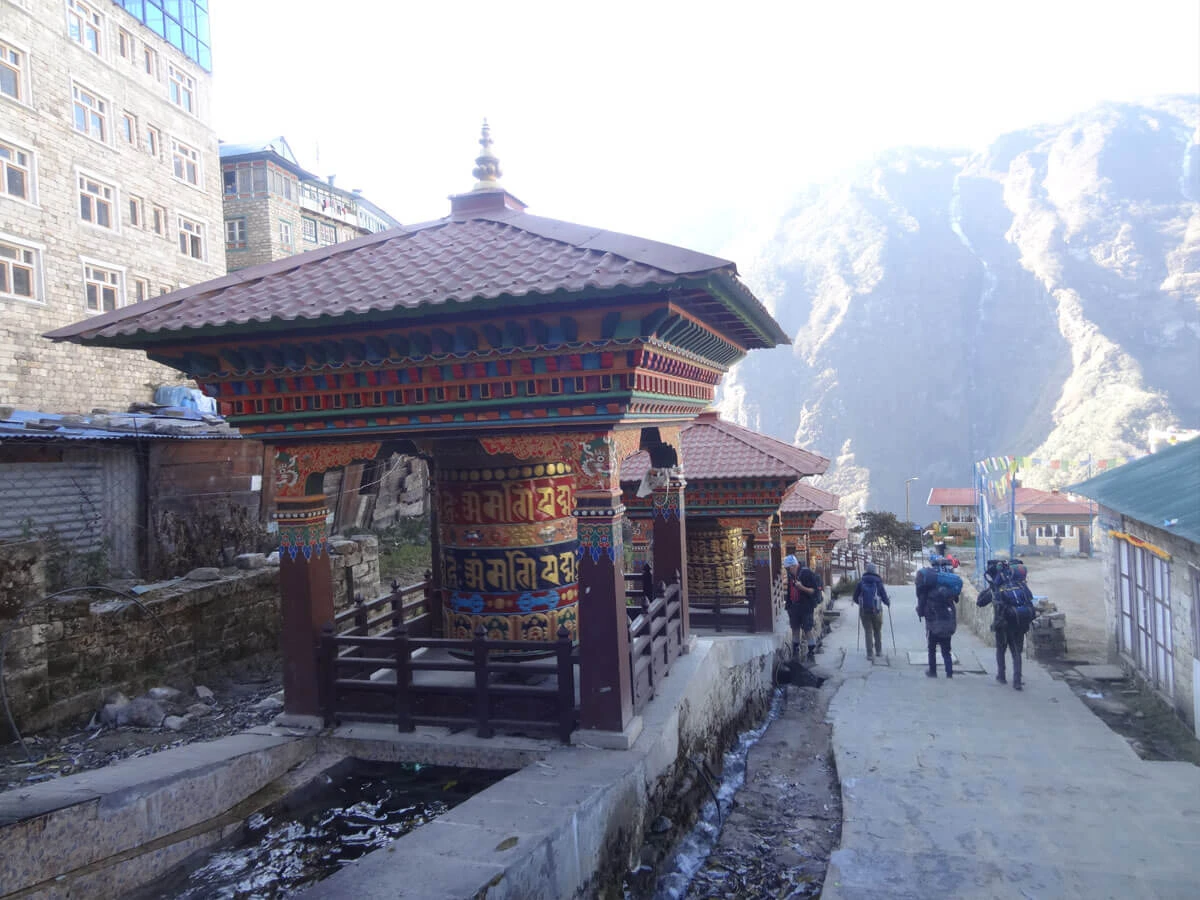The Luxury Everest Trek is an alternative to the Everest Base Camp journey in Khumbu that traces the steps of the renowned explorers Tenzing Norgay Sherpa and Edmund Hillary. It includes an exhilarating helicopter ride back and quickly completes a circuit of the highest peak in the world, Mt. Everest (8,848.86 m). Luxury Everest Trek 7 Days is designed for mountain lovers and adventure seekers who would like to visit the base camp of the world's highest peak and learn about exclusive Sherpa culture, tradition, and Buddhist beliefs.
The Luxury Everest Trek is an adventure journey that involves discovering some of the remarkable landmarks such as Buddhist monasteries, Chortens, Mane walls, Buddhist rock paintings, the naturally gifted Namche Bazaar, an exciting swing bridge above the raging river, sky-soaring gigantic mountain scenery, and rare wildlife and vegetation in the Everest Region. Everest Luxury Trek is an ideal trip in the heart of the Himalayas, which will present you with an opportunity to discover a few of the most adventurous spaces on the planet. It is appropriate for trekkers who would like to explore the home of the mountaineering pioneer “Sherpa” and enchanting mountains in a brief time.
The Blue Blood Elite specifically designed it. The Elite Group has named this trip Everest Adventure. This trek bestows some of the best views in the world that can be seen from Kalapathar, including the highest peak in the world, “Mt. Everest (8,848.86 m),” Makalu (8,463 m), the 5th highest mountain in the world, Pumori (7,145 m), Lingtren (6,695 m), Khumbutse (6,623 m), Changtse (7,550 m), Nuptse (7879 m), and many more. Similarly, the 'Everest Base Camp Trek and Fly Back by Helicopter' transports you to the world's highest national park, "Sagarmatha National Park," a UNESCO World Heritage Site.
Luxury Everest Trek embarks on a short scenic flight from the capital city of Kathmandu to the main entrance gate of Khumbu at Lukla. Then walk along the river bank and cross several suspension bridges with wonderful mountain scenery and Sherpa homeland. You will walk through the Sherpa settlements such as Phakding, Namche Bazaar, Tengboche, Pangboche, Lobuche, and Gorek Shep, and finally get to Mt. Everest Base Camp (5,360m) with eyewitnesses to the incredible Khumbu Glacier, beautiful Glacier Lakes, Khumbu Ice Fall, and wonderful mountain views around you as a piece of heaven. Then trek back to Gorek Shep for the helicopter flight to Lukla. In the early morning, you will fly back to Kathmandu by regular flight by plane.
Luxury Everest Trek with Helicopter Return is a lifetime of experience to get into the heart of the Himalayas and explore Sherpa Heritage in the shortest time. As this is a short Everest Base Camp trek in 7 days, you might need prior trek experience in the high altitudes and physical fitness and mental strength. If you are looking for an Everest Base Camp Trek in one week, we at Nepal Mother House are here to organize your journey with an expert local Sherpa Guide and Porter.







